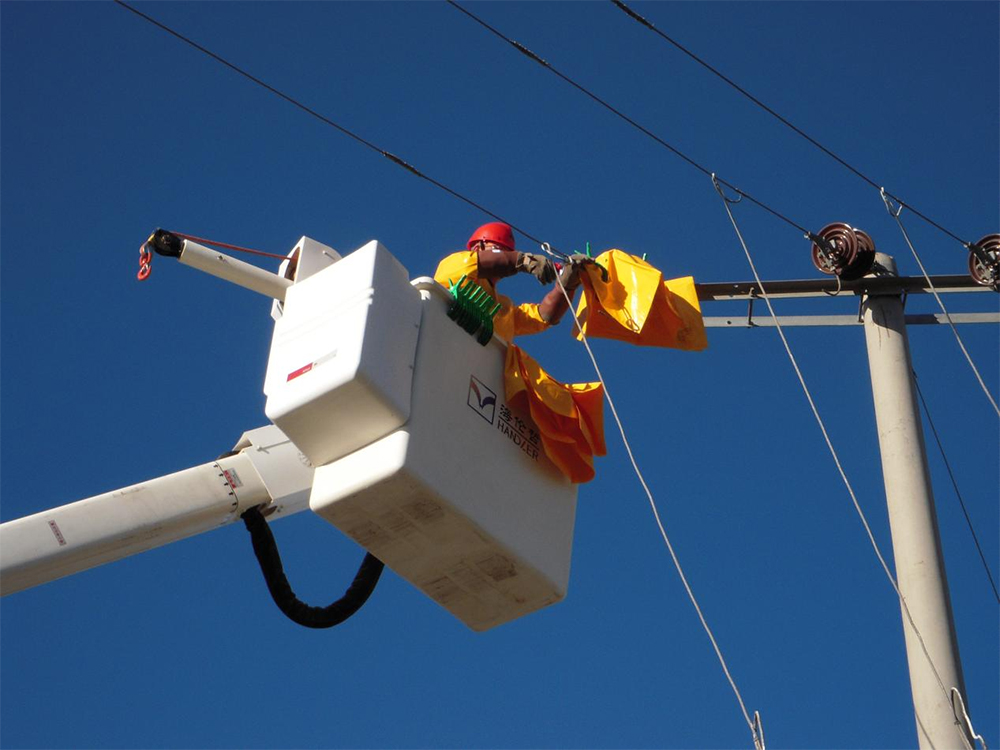EN
Bucket Operation Tips
Bucket Operation Tips
Sep 02, 2024

Pre-Operation Checks: Always inspect the bucket and associated machinery before use. Ensure that all hydraulic lines are intact, the bucket is securely attached, and there are no visible signs of wear or damage.
Load Limits: Adhere strictly to the load capacity specified by the manufacturer. Overloading can compromise safety and cause equipment damage.
Proper Positioning: Before lifting, position the equipment on stable, level ground. Use outriggers if available to enhance stability and prevent tipping.
Safe Operation: Operate the bucket within the designated area and avoid sudden movements. Smooth, controlled actions reduce the risk of accidents and equipment failure.
Communication: Maintain clear communication with ground personnel. Use hand signals or radios to coordinate movements and ensure everyone is aware of the bucket's position.
Monitor Surroundings: Be aware of overhead hazards such as power lines, tree branches, and other obstacles. Ensure the work area is clear of unauthorized personnel.
Use Safety Gear: Always wear appropriate personal protective equipment (PPE), including helmets, harnesses, and gloves, to safeguard against potential hazards.
Emergency Procedures: Familiarize yourself with emergency procedures and ensure that the bucket has accessible emergency stop controls. Know how to handle potential malfunctions or accidents.
Regular Maintenance: Perform routine maintenance on the bucket and equipment. Regularly check hydraulic systems, bucket teeth, and other components for wear and tear.
Training: Ensure that all operators are properly trained and certified in bucket operation. Regular training updates help maintain high safety standards and operational efficiency.
Recent Posts

October 26, 2016
The Most Successful Engineering Contractor
Oct 09, 2024
Regular Checklist for Aerial Lift Inspections
